Car Collecting: We Got Auction Fever!
As the New Year dawns, serious car collectors are about to take Horace Greely’s advice. They’re heading into the Arizona and Nevada deserts for the annual automotive auction feeding frenzy. Barrett-Jackson, Kruse International, RM Auctions, Russo & Steele, Silver Auctions— there’s enough action west of the Mississippi to satisfy the most voracious automotive aficionado. But as Public Enemy advised, don’t believe the hype. While the warm weather bidding frenzy appeals to high rollers, the best opportunities to locate a future heirloom at a bargain basement price usually lie within a 50-mile radius of your front door.
To wit: last February, Silver Auctions held a small sale not far from this desk, in the small town of Puyallup, Washington. A fine-looking, clean living 1967 Datsun 1600 roadster sold for $3200 plus the usual “buyer’s fee” (six percent in this case). If the exact same car had rolled up to the podium during the Monterey Historic weekend in August, it would have probably sold for the NADA Classic, Collectible and Special Interest Appraisal Guide estimate, at twice the Puyallup price.
To find local old car auction action, Google “collector car auction companies” with your state and/or your neighboring states’ initials before the word “collector.” Check out the classifieds in your daily papers. Scan enthusiast magazines like Old Cars Weekly and Hemmings Motor News. Keep your eyes open for estate sales or auctions held at salvage yards that are closing up shop. While the cars available at these venues aren’t always running examples, a little due diligence and do-it-yourself can yield significant savings. In general, the more local (i.e. obscure) the auction, the further out into the boonies you travel, the better the potential deal.
The operative word is “potential.” Unless you’re prepared to waste a day on a random fishing expedition, it’s always best to contact the auction company well in advance of sale day for a list of consigned vehicles. It’s also a good idea to chase a particular vehicle, rather than allowing a temporary infatuation with a winsome stranger– stimulated by bucolic boredom– to suck the money straight out of your wallet.
Bone-up on your potential takeover target. Learn where rust lives and which bits are bound to fail. Check out what it will cost to repair the stuff you can’t see– should it prove to be malformed, cancerous or missing. Get to the auction early. Look the car over thoroughly, bottom to top (rust starts low and hides, sometime bubbling through cheapo paint jobs). Open and close doors, play with major and minor controls; poke, prod and ponder.
If you can’t afford to bring a pet expert with you, have one teed-up on speed dial. Establish a fair purchase price before entering the heat of battle. At the same time, if you or your proxy aren't thrilled with what's on offer, walk. When it comes to car collecting, you are your own worst enemy, not the seller or a competitive bidder (they’re just allies in your self-inflicted stupidity). Then-– and I know this will sound whack– seek out the auctioneer. Tell him or her you’re interested in a particular vehicle and exactly what you’re prepared to pay for the privilege of exchanging cold cash for old steel.
This is not a scam, nor is it illegal. In fact, such prior disclosure is a tremendous boon for the auctioneer; providing a realistic idea where the bidding should start (somewhere back from your limit). As you observe a car auction, you’ll probably notice the auctioneer pull away from the microphone from time to time to talk to certain steely-eyed individuals. These seeming conspirators are usually collector car dealers doing exactly what you should do before the main event: set a floor for the bidding.
Obviously, the auctioneer won’t stop taking bids when he or she hits your limit. At this juncture, it’s absolutely imperative that the words “it’s only money” or “this can’t go on for much longer” do not find fertile ground inside your mind. Dean Kruse of Kruse International, one of the first auction companies to sell collectible cars, likes to confront buyer’s remorse by saying, “Hey, you didn’t pay too much; you just bought too soon.” If Dean's words sound frightening rather than funny, you’re free to attend without your spouse. Otherwise, I suggest you organize some on-the-spot interventionist or have the words "caveat emptor" tattooed on your forearm the night before the auction.
All that said, it's still possible to scoop-up a deal at a bigger venue— providing you’re willing to go where automotive angels fear to tread. Consider the 1966 Barracuda Formula-S fastback sold during the Hot August Nights auction in Reno, Nevada. The primer finished Plymouth was powered by a 273 cubic-inch V8 hooked-up to a four-speed manual tranny. At $2k, the ‘Cuda was a terrific buy for someone looking for a diamond in the rough. Of course, there are even better ways to buy old cars, but that’ll have to wait ‘til next week.
57 years old, male, shares space with a cat. Likes vintage Volvos and has photography as a hobby.
More by Terry Parkhurst
Latest Car Reviews
Read moreLatest Product Reviews
Read moreRecent Comments
- Probert They already have hybrids, but these won't ever be them as they are built on the modular E-GMP skateboard.
- Justin You guys still looking for that sportbak? I just saw one on the Facebook marketplace in Arizona
- 28-Cars-Later I cannot remember what happens now, but there are whiteblocks in this period which develop a "tick" like sound which indicates they are toast (maybe head gasket?). Ten or so years ago I looked at an '03 or '04 S60 (I forget why) and I brought my Volvo indy along to tell me if it was worth my time - it ticked and that's when I learned this. This XC90 is probably worth about $300 as it sits, not kidding, and it will cost you conservatively $2500 for an engine swap (all the ones I see on car-part.com have north of 130K miles starting at $1,100 and that's not including freight to a shop, shop labor, other internals to do such as timing belt while engine out etc).
- 28-Cars-Later Ford reported it lost $132,000 for each of its 10,000 electric vehicles sold in the first quarter of 2024, according to CNN. The sales were down 20 percent from the first quarter of 2023 and would “drag down earnings for the company overall.”The losses include “hundreds of millions being spent on research and development of the next generation of EVs for Ford. Those investments are years away from paying off.” [if they ever are recouped] Ford is the only major carmaker breaking out EV numbers by themselves. But other marques likely suffer similar losses. https://www.zerohedge.com/political/fords-120000-loss-vehicle-shows-california-ev-goals-are-impossible Given these facts, how did Tesla ever produce anything in volume let alone profit?
- AZFelix Let's forego all of this dilly-dallying with autonomous cars and cut right to the chase and the only real solution.
















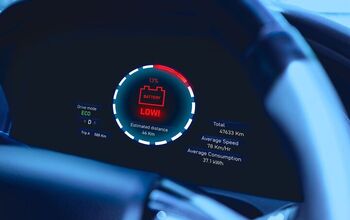
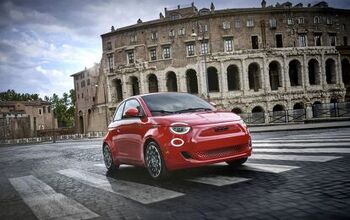
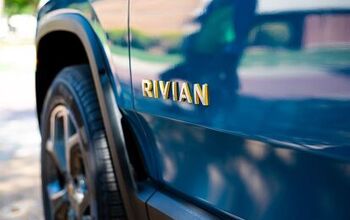

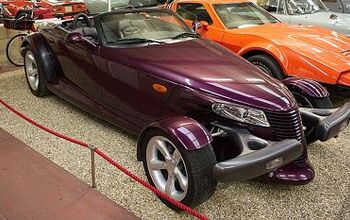
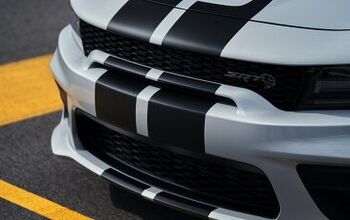

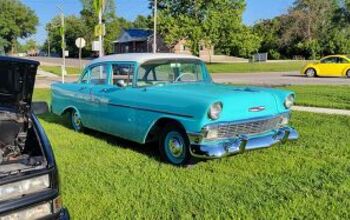
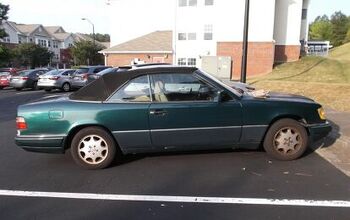
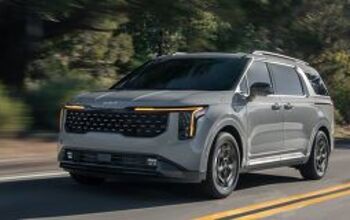
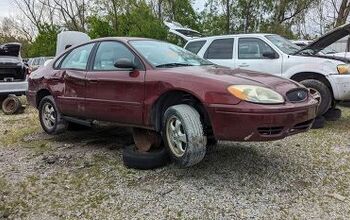

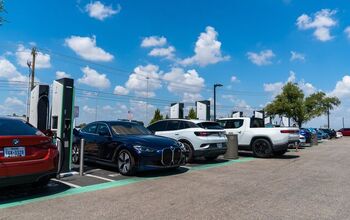

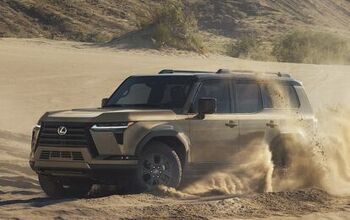
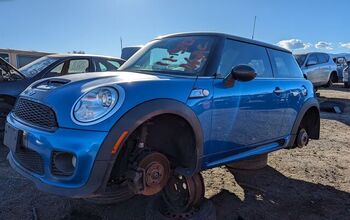


Comments
Join the conversation
The big name auctions with large dollar sales has been both a boon and a curse. The curse is basically anyone with a rusted out old beater now thinking it's worth a fortune. I've seen some ridiculous asking prices. That said, the boon is that they are actually trying to sale those old wrecks instead of crushing them. Daily I see antiques for sale on my drive to work, some good and some not. Since we're in a frozen supply situation (there not really making anymore Hemi cuda's right now), the old cars will only get more expensive. Doubly so if many are simply destroyed. Another boon is the large restoration market. I've had the same antique for over 20 years, and I can tell you that it is easier to find parts today then it was 20 years ago. Maybe not cheap, but an available expensive part is way better than no part at all. So while I cring everytime Hemmings announces some new record sale, at least I know the aftermarket will be around for parts.
ya know, i LOVE goin to shows, i LOVE lookin at all the old cars, especially from the late 50's to mid 70's. All the huge boats, I love em. Recently I fell madly in love with a mid 70's caddy coupe deville, all black, looked like it came from a funeral home, or a priest - it was BEAUTIFULL. BIg as a barge and had immense presence. Then I remembered the weekly tune-ups, the scraped knuckles. the bad handling, the lousy milage, the questionable reliability - yes i remember cars in the mid 70's... overpowered behemeaths, with faith based braking... i passed it up. But I am sure glad that others have the bug, so I can go look at the fruits of their labors at car shows! Bravo! Keep up the good work!